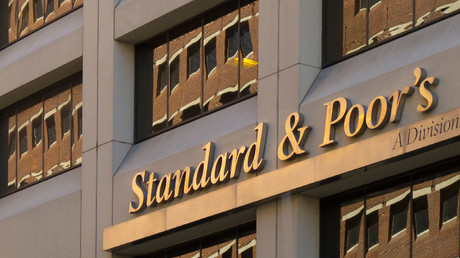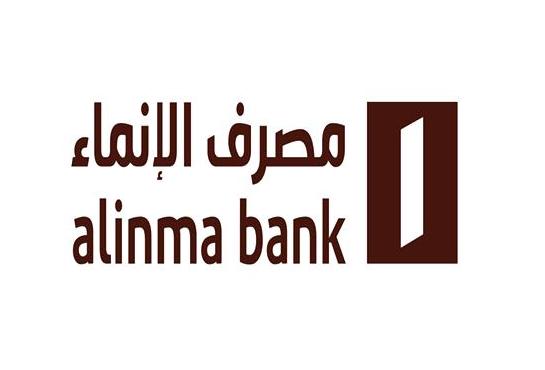Publisher: Maaal International Media Company
License: 465734
S&P: Red Sea disturbances negatively affect global trade flows
اقرأ المزيد
Standard & Poor’s Global – “S&P” said that navigational disturbances in the Red Sea as a result of existing geopolitical tensions in the Middle East region negatively affect global trade flows.
The agency stated in a report that a large amount of shipping traffic that normally passes through the Suez Canal is redirected around the Cape of Good Hope, including liquefied gas shipments and oil exports from the Gulf Cooperation Council countries, especially from Qatar, heading to Europe in the north. As reported by Al Arabiya.
But the agency said that diverting ships’ routes away from the Red Sea would have a minimal impact on Qatari entities exposed to oil and gas, as the majority of their consumers are in Asia, citing the Arab World News Agency (AWP).
The agency indicated that, with the exception of the risk of a regional war, she believes that the impact of this tension on those Qatari entities and others in the Middle East classified by them and exposed to oil and gas is manageable.
It said that the companies or projects directly exposed to oil and gas and subject to classification by her include Qatar Nakilat Oil and Gas Shipping Company, Qatar Energy, and the Qatar Energy LNG Project.
But it warned that closing the Strait of Hormuz still poses a danger, and that even its partial closure would have a much greater impact on Qatari entities, given that it is their main export corridor.
According to the report, about 30% of seaborne crude oil exports and 20% of liquefied natural gas pass through the Strait of Hormuz, which means that its only partial closure will lead to major disruption in global markets for both Western powers and important trading partners for Gulf producers such as China and India.
Standard & Poor’s Global said that restricting passage through the Gulf of Aden would further delay, rather than prevent, the delivery of cargoes to the global market.
She said that long periods of downtime and disruption of navigation through the Red Sea could slow down deliveries of Qatari liquefied gas to Europe, and Russian and American liquefied gas to Asia, while redirecting towards the Cape of Good Hope represents the only alternative path, but it adds at least ten days to Journey time reduces shipping companies’ profit margins.
Qatari gas shipments constitute about 10 to 15% of European LNG trade, while Russian and American LNG shipments also constitute 10 to 15% of Asian LNG trades.
The report said that the disturbances also affect the shipping route between the Bab al-Mandab Strait and the Suez Canal, through which about 10% of global seaborne trade usually passes.
He stated that LNG shipments usually pass through the Suez Canal and mainly constitute shipments from Qatar to Europe.
According to the agency, liquefied natural gas flows through the Suez Canal have increased to more than 4 billion cubic feet on average since 2019, compared to 3.3 billion cubic feet in 2018.
According to Standard estimates, LNG flows through the Red Sea constituted 8% of total LNG trade, and reached about 4.1 billion cubic feet in the first six months of 2023.









